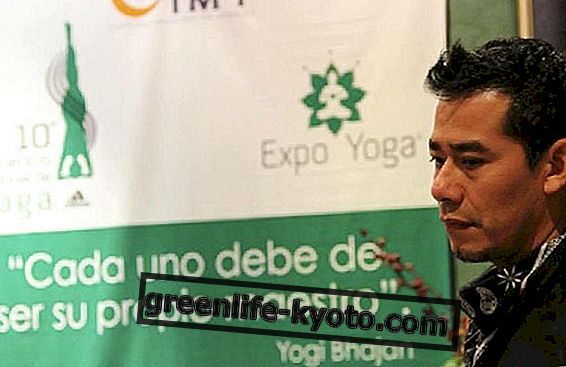
We often talk about diabetes and blood sugar and digestion, without knowing what it is specifically.
Instead it could be very interesting and useful for our health to know in detail the functioning of our body . Hormones are often "the great absentees" in the large cauldron of nutritional information. Let's try to clarify things a little, let's start with insulin .
Insulin: what it is
Insulin is a hormone, which is a messenger that carries communications to the cells of our body. In the specific case, the insulin is produced by the B cells of the islets of Langherhans of the pancreas from which it took its name: isle in Latin is said to be insula.
The pancreas is an organ, located in the abdomen in front of the spine, which functions as a "factory" of digestion enzymes.
Insulin is essential for the metabolism of sugars. Insulin is secreted by the pancreas when the level of glucose in the blood (or glycaemia) is too high with the function of lowering the blood sugar .
When insulin is produced in insufficient quantities by the pancreas or the body's cells do not respond to its presence, blood glucose will have higher levels than normal ( hyperglycemia) thus favoring the appearance of diabetes.
Insulin: what function it performs
Insulin is a hormone that causes the body's cells to store glucose from meals. The glucose penetrated into the cell is transformed into a form of "deposit" called glycogen or, if not used, it is transformed into fat that will be deposited in fat cells . Insulin "opens the door" of cells to glucose that comes from the digestion of carbohydrates.
In order for glucose to enter the cells, insulin must be present and the receptor's perfect efficiency , the "door" of the cell, must be present.
Insulin also allows a constant use of glucose even during periods of physiological fasting, so that the organs, especially the brain, always reach an amount adequate to their needs. In fact, the B cells of the pancreas continually produce insulin, but they change the amounts depending on the meals taken and their contribution to sugars.
When we eat B cells, they experience signals that cause them to increase their insulin production for 2 or 3 hours, returning to a constant but minimal production in the meal interval and during the night, so that a small amount glucose remains outside the cells ie in the blood.
What happens when there is no insulin or its receptor does not work b ene ?
The glucose molecules that come from the digestion of food do not find "open doors" and cannot enter the cells, thus remaining in the blood ( elevated blood glucose or hyperglycemia ) and resulting also present in urine (glycosuria), which are normally free of glucose.
We talk about type 1 diabetes when pancreatic insulin production is suppressed or severely reduced due to an autoimmune disease leading to the destruction of B cells .
Instead, it is type 2 diabetes when the pancreas does not produce enough insulin to meet the body's needs (insulin secretion deficiency), or the insulin produced does not act effectively (insulin resistance).
The result, in both cases, is the consequent increase in blood glucose levels (hyperglycemia).













